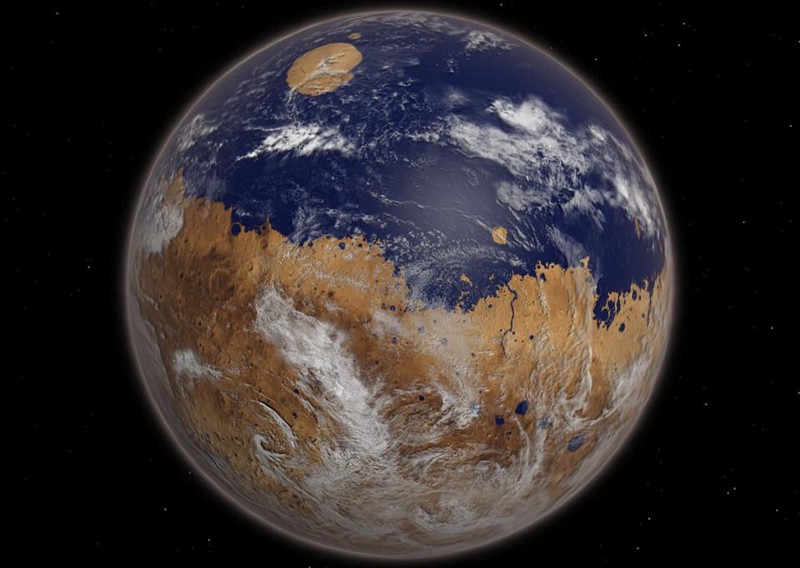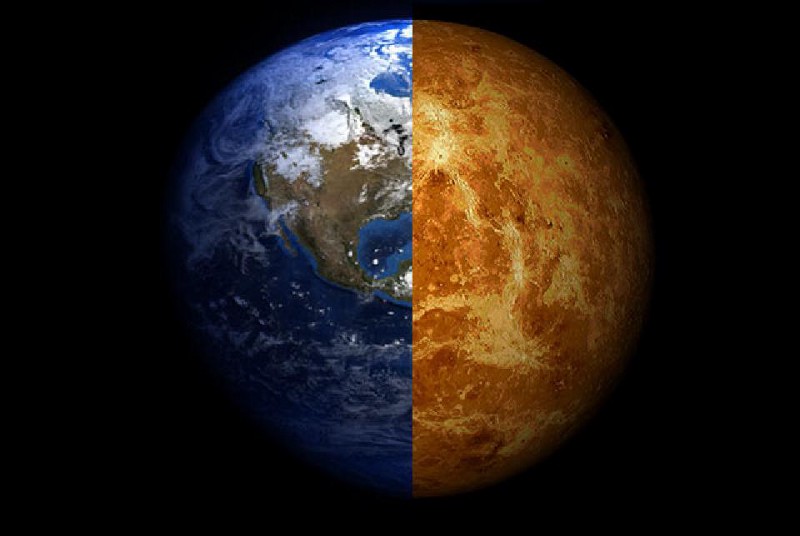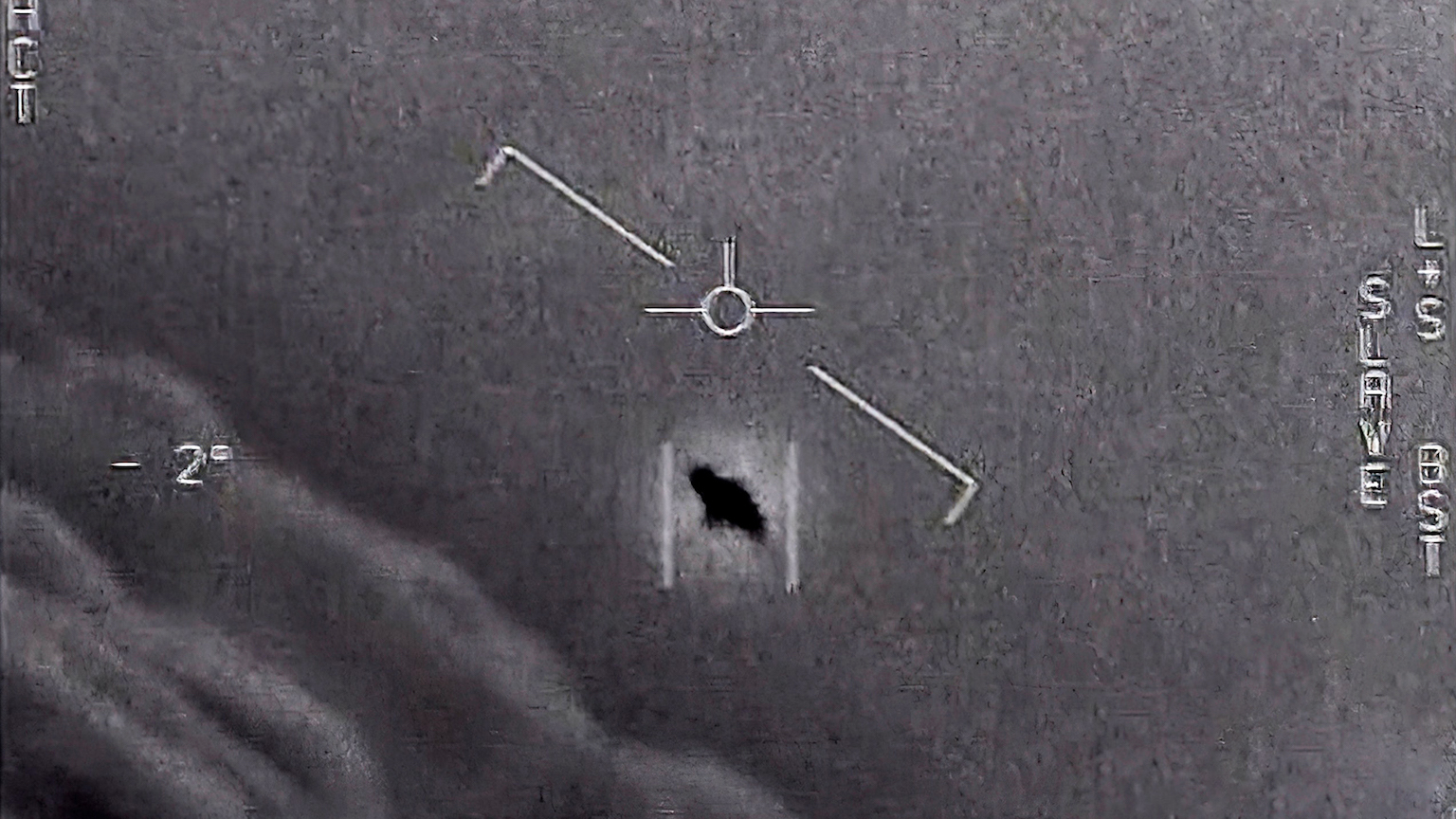Why Earth is habitable but Venus looks like hell

- Venus and Earth could have been twin-like planets, but Venus became uninhabitable.
- The reason is a runaway greenhouse effect, which was triggered by volcanic activity and the loss of water from Venus’ atmosphere.
- This process condemned Venus to become the hellish landscape it is today.
If you were a humanoid space traveler visiting our Solar System for the first time and looking for a new place to call home, you would be happy to find two large terrestrial worlds: Earth and Venus. The large size of these worlds (as compared to smaller Mars and tiny Mercury) would matter to you because only larger planets have enough gravity to keep an atmosphere for many billions of years. As you traveled closer, you would see that the two worlds were so similar in radius, mass, and composition that they could be twins. Sure, Venus was closer to the Sun than Earth, so it should be somewhat hotter, but a little terraforming could take care of that.
But then as you neared Venus, your dream of an almost habitable world would vaporize. Rather than being a little hotter than Earth, temperatures on Venus are over 800° F, and its atmosphere is so thick that surface pressures could crush a nuclear submarine. If Earth looked like a Garden of Eden to you, Venus would appear as a living hell.
So, what the hell happened? How did these two worlds end up with such divergent histories?
Runaway greenhouse effect
There are still many unanswered questions about Venus’ past, but it does seem like we understand the outline of the most basic question about Venus: Why is it so insanely hot? Just being closer to the Sun is not enough to give the right answer. Instead, the real culprit is something called the runaway greenhouse effect.
The Venetian atmosphere is heavy with carbon dioxide (CO2). The Earth’s atmosphere is 78% nitrogen, 21% oxygen, and 1% everything else. CO2 comes in at a mere 0.039% of the air you are breathing right now. That is a small fraction for a molecule that, as we will see, has a big role to play in our story. For Venus, on the other hand, CO2 is pretty much all there is to the atmosphere. It accounts for more than 95% of all its gases.
Why does this matter? As everyone on Earth is learning via global warming, the greenhouse effect occurs when sunlight (which comes at mostly shorter wavelengths) warms the ground, causing it to radiate its own longer wavelength (“thermal”) radiation. CO2 is very efficient at absorbing this light and trapping energy that normally would have escaped into space. This means putting more CO2 in the atmosphere is like throwing a blanket over your planet. With so much CO2 in Venus’ atmosphere, its surface temperature rose until the whole world became a scalding hellscape.
Given this basic planetary physics, the question now becomes: Where did all the CO2 come from? That’s where the “runaway” part of the runaway greenhouse effect appears.
The principal way CO2 gets added to a planet’s atmosphere is through volcanic eruptions. Molten rock explodes through the surface, venting huge amounts of CO2. Radar imaging of Venus shows ample evidence for volcanism in the recent past (meaning the last hundreds of millions of years). But what volcanoes give, water can take away. Weathering by water in the form of rain and rivers breaks rocks down to their chemical components. Later these molecular components can bind with CO2 and get packed back into solid forms — that is, rocks. This is the basic process creating what are called “carbonate” minerals (like the limestone under Miami).
So, CO2 belched into a planet’s atmosphere via volcanoes can go back into the ground as rocks. Any form of plate tectonics means the rocks will go back into the planet’s lower regions where they melt. Eventually, this CO2 will find its way back into the atmosphere through future volcanic eruptions. It is a geological cycle that regulates the CO2 levels and the greenhouse effect on planets. It is also a cycle that appears to have been broken on Venus.
Why Venus is broken
At some point, Venus likely had more water. But when some of that water evaporated, it made it high into the atmosphere as water vapor (that is, H20 molecules in the air) and a deadly process began. Close to the edge of space, UV radiation from the Sun (the same kind of radiation that causes skin cancer) zapped the water molecules and broke them apart into hydrogen and oxygen. Hydrogen, being the lightest of all elements, easily escaped into interplanetary space as soon as the water molecules were broken apart. With the hydrogen gone, there was no chance for the broken water molecules to reform. Over time and high in its atmosphere, Venus was bleeding its precious water into space.
The planet’s water loss resulted in what scientists call a positive feedback loop on climate. More water loss meant less rock erosion and less CO2 bound up in rocks. More CO2 in the atmosphere meant more greenhouse effect and higher temperatures. But higher temperatures meant yet more water loss, which feeds the vicious cycle. On Earth, there is no danger of losing our water in the way Venus did because our atmosphere has a cold layer relatively close to the ground. This “cold trap” condenses water into rain before it gets to the upper reaches of the atmosphere.
All of this means that, in the past, Venus may have been a very different world from what we see now. There are scientists who even believe that Venus may have held vast oceans and been a blue world. There might even have been life, like on Earth. But somewhere along the way, a combination of furious volcanic activity and the loss of that water to space condemned our sister planet.




